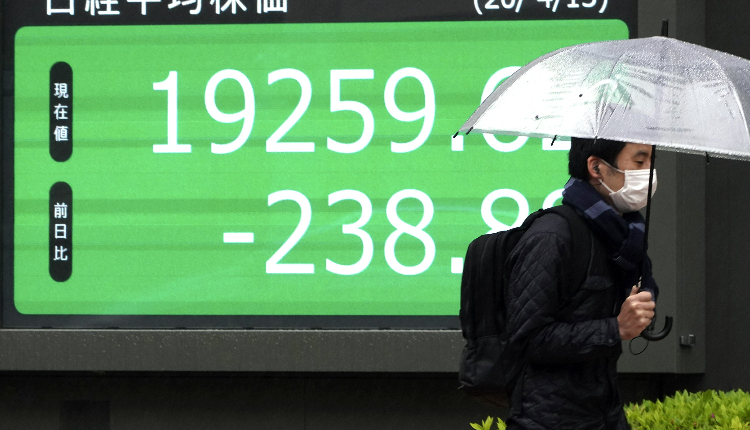Asian stocks are near two-year highs on Wednesday on expectations of US rate cuts, while the New Zealand dollar dropped after the central bank indicated confidence in inflation peaking.
The Reserve Bank of New Zealand (RBNZ) kept its cash rate unchanged at 5.5 per cent as expected, but indicated inflation was forecast to return to its target range of one per cent to three per cent by the second half of 2024.
The New Zealand dollar tumbled over 0.7 per cent to $0.6079 following the decision. Analysts attributed the decline to a dovish shift in the RBNZ’s tone compared to its May meeting.
Financial markets also ramped up bets of rate cuts from the RBNZ later this year, with interest rate swaps now pricing in about 30 basis points of easing in October, up from 16 basis points before the announcement.
Meanwhile, the Australian dollar rallied more than 0.6 per cent to a one-year high against the New Zealand dollar, supported by expectations that the next move in Australian rates could be an increase due to persistent inflation.
MSCI’s broadest index of Asia-Pacific shares outside Japan gained 0.09 per cent, staying close to the two-year high reached earlier this week.
Japan’s Nikkei rose 0.13 per cent, Hong Kong’s Hang Seng Index climbed about one per cent, and Chinese blue chips edged 0.19 per cent higher.
Global stocks have rallied on the back of growing expectations for a US Federal Reserve easing cycle starting in September. Fed Chair Jerome Powell said on Tuesday that the US economy is “no longer overheating.”
However, Powell offered limited guidance on the timing of potential rate cuts. While Powell signalled a shift towards an easing bias due to the cooling labour market, he didn’t provide a clear timeline for cuts, explained RBC’s Tan.
The CME FedWatch tool indicates that markets are now pricing in an over 70 per cent chance of a Fed rate cut in September, compared to near-even odds a month ago.
The dollar remained strong on Wednesday despite expectations of a US rate cut. Sterling and the euro held steady at $1.2787 and $1.0815, respectively.
The dollar also rose 0.15 per cent against the yen, reflecting the interest rate gap between the US and Japan.
Data released on Wednesday showed Japan’s wholesale inflation accelerated in June as the weakening yen pushed up import costs. This data keeps alive market speculation for a near-term interest rate hike by the Bank of Japan (BOJ).
The BOJ revealed on Tuesday that some market participants have urged the central bank to slow its bond-buying programme to roughly half its current pace under a scheduled tapering plan this month.
In Asia, China’s consumer prices rose for the fifth month in a row in June, but the increase was lower than expected.
Producer prices continued to decline, indicating a slow recovery for the second-largest economy in the world despite government assistance.
The Chinese yuan weakened to its lowest level since November following the downbeat data. Both onshore and offshore yuan currently trade around 7.27-7.29 per US dollar.
Oil prices saw minor declines, with Brent futures down 0.11 per cent to $84.57 per barrel and US West Texas Intermediate (WTI) crude fell 0.01 per cent to $81.40 per barrel. Gold prices, on the other hand, rose 0.2 per cent to $2,368.15 an ounce.
Attribution: Reuters



